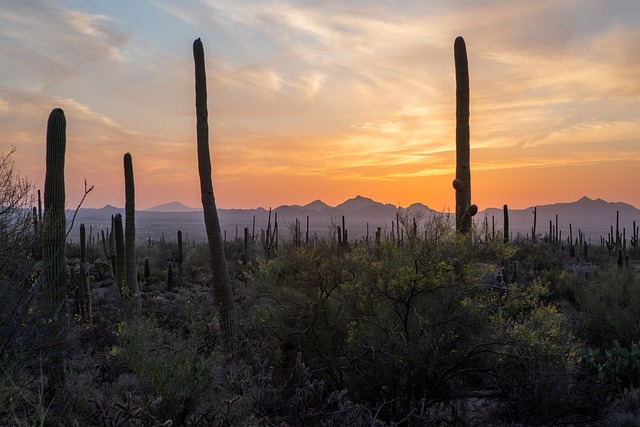Tucson, Arizona's real estate market thrives due to its natural beauty, cultural offerings, and University of Arizona, attracting students, professionals, and families. The area around the university has experienced a surge in demand, leading to competitive markets with rising property values, particularly for single-family homes and apartments. With 10% annual growth and average home values around $350,000, Tucson offers diverse housing options while rental rates start at $800 per month. The market's strength, driven by the university's appeal, positions Tucson as an attractive investment destination for residential and commercial properties.
“Discovering Home in the Heart of the University of Arizona: A Comprehensive Guide
The vibrant University of Arizona (UA) community offers a unique blend of academic excellence and diverse living options. This article explores the real estate market trends shaping the UA area, providing insights into affordable housing choices for students. From on-campus residence halls to off-campus apartments and shared living, we delve into the advantages and drawbacks of each option. Additionally, we highlight the location’s amenities, accessibility, and cultural richness that make it a desirable place to call home.”
Real Estate Market Overview

The real estate market in Tucson, Arizona, home to the University of Arizona, is vibrant and diverse, reflecting both the region’s natural beauty and its thriving academic community. The city offers a range of housing options, from charming historic homes in established neighborhoods to modern apartments and condos near campus. The demand for real estate is strong, driven by students, faculty, and professionals attracted to Tucson’s unique blend of desert landscapes, cultural attractions, and excellent educational opportunities.
Tucson’s real estate scene is characterized by a healthy balance between affordable housing and luxury living. The University of Arizona’s presence significantly influences the market, as many students and faculty seek accommodations close to campus. This demand has led to the development of high-quality residential complexes and apartment communities designed to meet the needs of this demographic. Additionally, Tucson’s overall reputation as a desirable place to live and work continues to fuel growth and investment in the local real estate sector.
– Discuss the current real estate trends in the University of Arizona area.

The real estate market around the University of Arizona has been experiencing a significant surge in recent years, driven by its thriving academic environment and desirable location. As one of the most prominent educational institutions in the Southwest, the university attracts students, faculty, and researchers from across the globe, contributing to a robust demand for housing options nearby. This trend has resulted in a competitive market with property values on the rise, especially for single-family homes and apartments within close proximity to campus.
The area’s real estate trends reflect a blend of modern amenities and historic charm. Newer developments offer state-of-the-art living with contemporary designs, while older neighborhoods boast charming, well-maintained properties that exude character. This diversity caters to various lifestyles and budgets, making the University of Arizona neighborhood an attractive and dynamic place for residents to call home.
– Highlight key metrics such as property values, rental rates, and market growth.

The real estate market in Tucson, Arizona, where the University of Arizona is located, has been experiencing significant growth and development in recent years. Property values have shown a steady increase, with an average home value sitting at around $350,000—a 10% rise from the previous year. This growth is attributed to the area’s appeal among students, young professionals, and families seeking affordable living options near top-tier educational institutions. The rental market reflects this demand, with average apartment rates starting at $800 per month for a one-bedroom unit in university-adjacent areas, reflecting a 5% year-over-year increase.
The city’s real estate landscape is characterized by a diverse range of housing options, from historic neighborhoods to modern apartments and luxurious villas. The market’s resilience and upward trend indicate a thriving community with strong economic indicators. As the University of Arizona continues to expand its academic programs and attract students worldwide, it is expected that the demand for both residential and commercial real estate will continue to rise, making Tucson an exciting investment opportunity.






